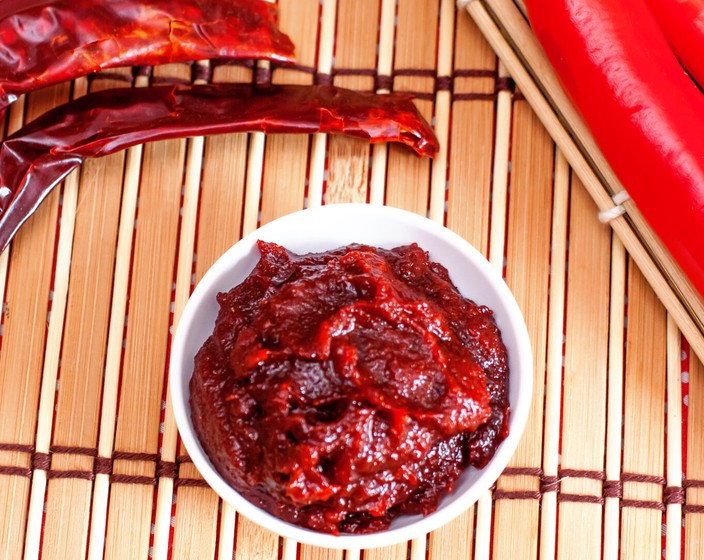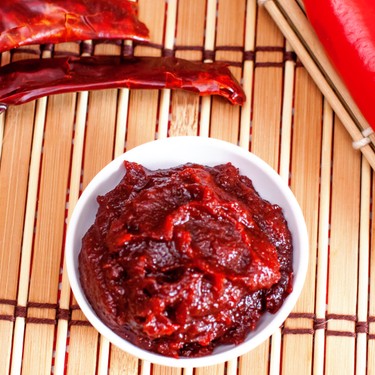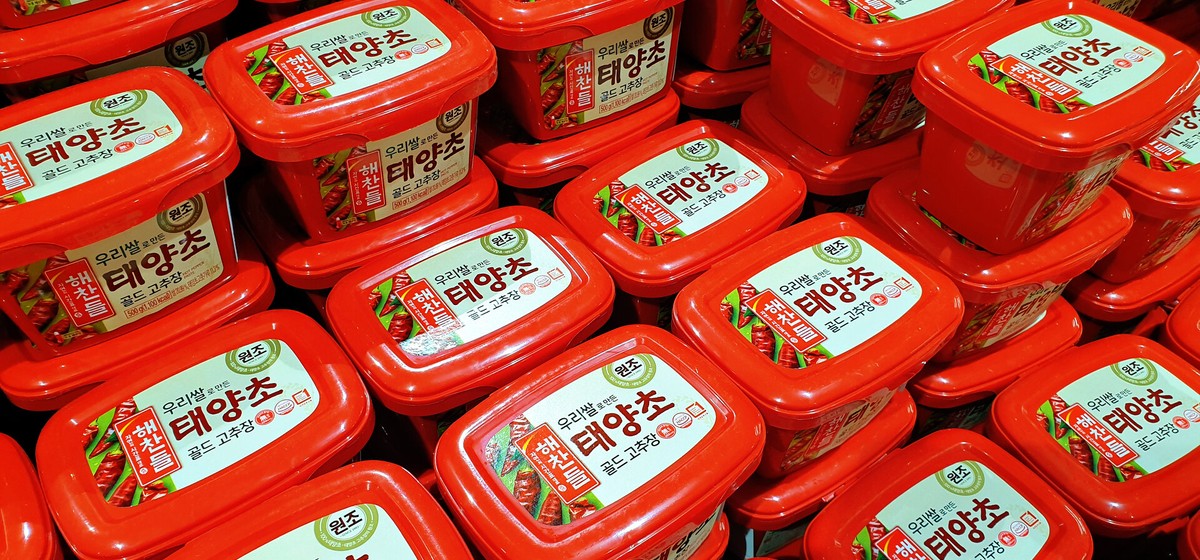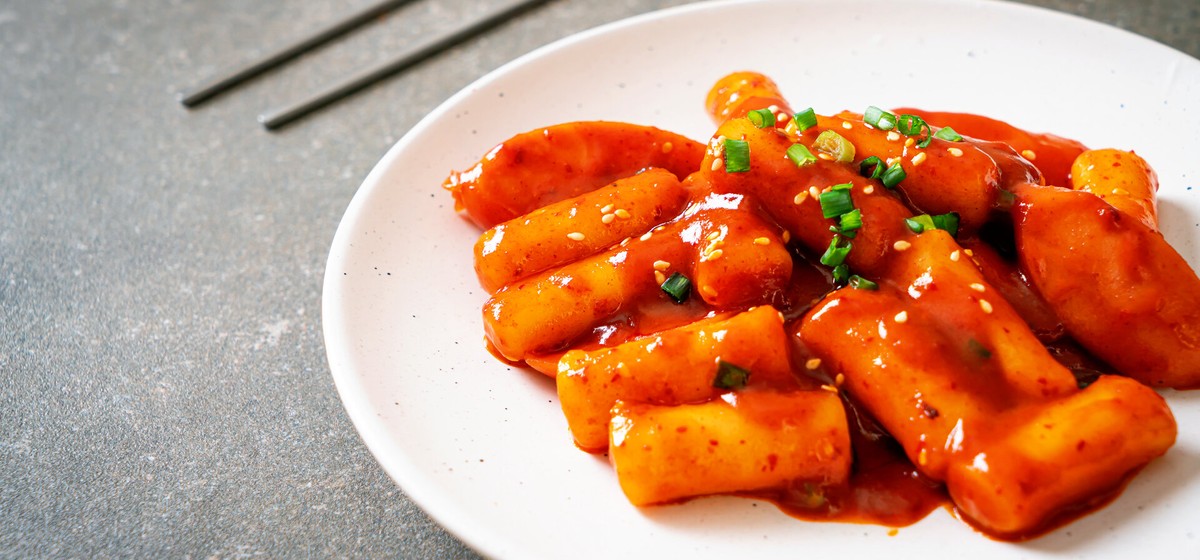Gochujang Paste vs. Gochujang Sauce and Best Korean Recipes With It




Just as we predicted , Korean food has gained immense popularity over the last year and is definitely going to continue to rule our taste buds in 2022. We have already fallen in love with such delicacies as kimchi, bibimbap, and Korean BBQ. Now, the emerging food trend of global hot flavors created another Korean cuisine favorite - Korean chili paste or GOCHUJANG.
Gochujang paste has been a staple in Korean households for hundreds of years. It is a pungent, thick chili paste made from red chili pepper flakes, fermented soybeans, sticky rice, and salt. It is essentially another incredibly powerful umami agent commonly used in many Korean dishes.
Gochujang adds some heat to bibimbap, brings color to stir-fries, makes the base for many Korean stews, and is the main ingredient in ssamjang - the most popular sauce for Korean BBQ.
Gochujang paste is a powerful umami flavor booster; it's as thick as tar and fiery in both color and taste. You can buy it at any Korean market or the Asian section in most grocery stores. It usually comes in a bright red plastic tub with chili peppers all over the sticker.

Gochujang paste is extremely potent and similar to miso paste, should not be consumed on its own. According to Chicago's chef Bill Kim "It's too intense by itself for most people, even for Korean people," and is best consumed in its diluted sauce form.
Gochujang flavor is different from Sriracha, Sambal, or any other global red chili powder-based sauces. It is unique and has its own distinct flavor. It can sure be spicy depending on the brand; it is also slightly sweet, a little salty, and has some rich meaty flavor from the fermented soybeans.
It takes months to make gochujang paste, so buying it is probably your best option. Best look for one not containing any corn syrup or too many extra ingredients.
The short answer is no. They are not the same thing. Gochujang paste is the base for gochujang sauce, but the sauce needs a few other ingredients to "dilute" the aromatic paste. Gochujang paste turns into a sauce when it's mixed with vinegar, soy sauce, sesame oil, a sweetener, and some other ingredients you might want to add.
Bill Kim likes to combine gochujang paste with garlic, shallot, and ginger with fish sauce, soy sauce, vinegar, sundried tomatoes, black beans, jalapeños to make a sauce for salads.
Being a staple in Korean households for centuries, everyone likes their gochujang sauce slightly differently, and no recipe is the same. There is a "base" recipe for gochujang dipping sauce you can start with and experiment with extra ingredients depending on your taste.

Extra ingredients may include garlic, fresh ginger, jalapenos, soybean paste, and any other flavor agent you are willing to experiment with.
Mix all the ingredients in a saucepan and stir together over medium-high heat, bringing to a boil. Once the ingredients are thoroughly combined, you can taste it and adjust the flavors to your taste.
If your gochujang sauce is too thin, you can reduce it over medium-high heat and simply add a bit more water for a thinner consistency.
You can use this sauce to drizzle over bibimbap, fried chicken, or tofu. It is a great dipping sauce for egg rolls, veggie sticks, chicken wings, or even potato wedges.
Use it as a glaze for your roasted meats, vegetables, seafood, or tofu.
If you enjoy the flavorful and exciting combination of spicy, sweet, savory, and tangy, you are guaranteed to have this sauce with pretty much everything. It's that good!
Gochujang is essential in such classic Korean dishes as bibimbap, tteok-bokki (stir-fried glutinous rice cakes), jjigae (Korean stew), dak-twigim (Korean fried chicken wings), fried rice, KBBQ, and so many others.
But the versatile Korean red pepper paste doesn't work only in traditional Korean dishes; it can elevate flavors in any dish you'd like to spice up! Gochujang is a fantastic flavor to experiment with and create a delicious fusion with other flavors and dishes you enjoy.
You can start by checking out a few of these traditional Korean recipes using gochujang and fusion recipes with gochujang paste.